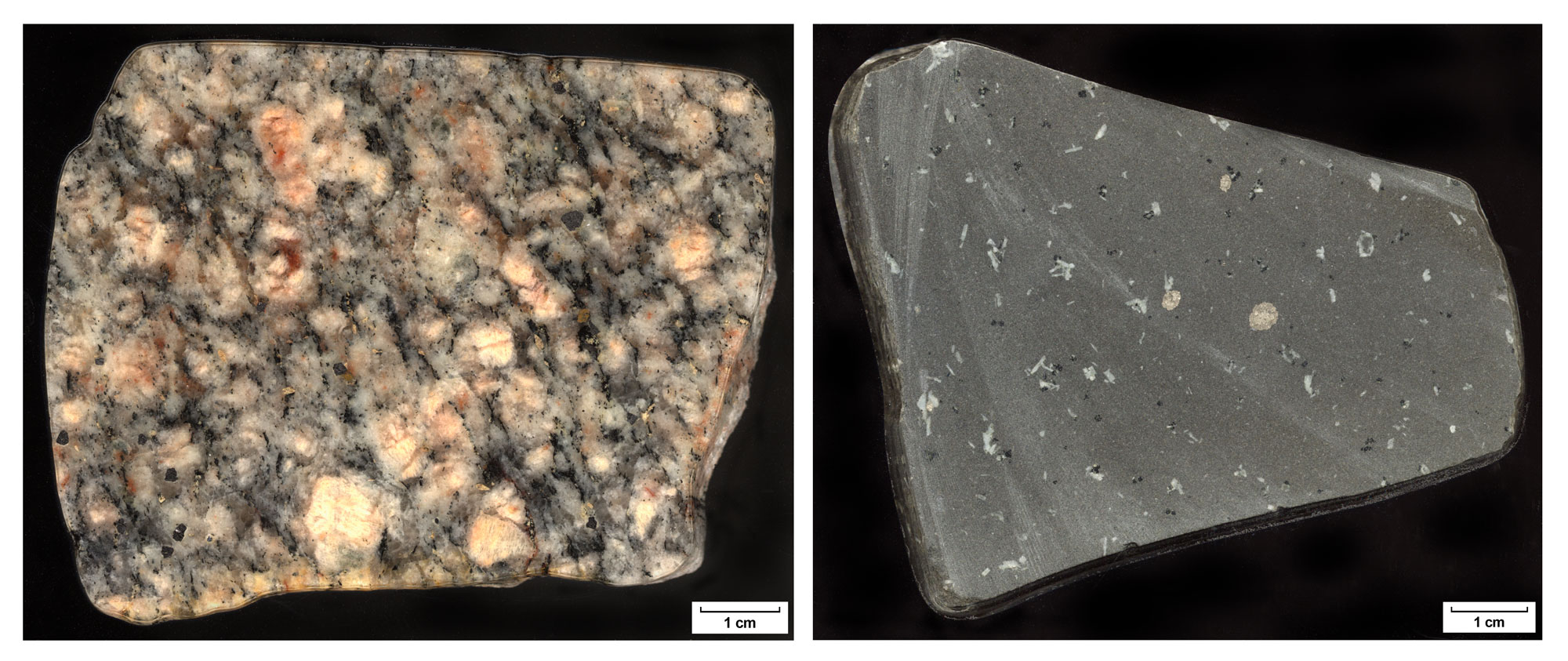

Most magmas are predominantly silicate liquids, composed largely of silica tetrahedra that have not yet bonded together to become silicate minerals. Geologists conduct chemical analyses of minerals to determine the temperatures and pressures at which they formed and to identify the dissolved gases and chemical elements that were present in the magma. The minerals provide details on the chemical composition of the rock, and on the conditions in which the magma originated, cooled, and solidified. Fortunately, with some basic training and practice anyone can learn to identify the minerals, composition and texture of an igneous rock name the rock and interpret key information about its origins.Īll igneous rocks, other than pure volcanic glass, contain minerals. Special equipment and expertise is required to conduct isotopic and precise chemical analyses. Igneous rocks also contain isotopic information that is used in determining absoloute ages and in further characterizing the origin of the magma.

Igneous rock names are based on specific combinations of these features. Igneous rocks contain three essential sources of information: their minerals, their overall chemical composition, and their igneous texture. Those scientists are studying the information contained in the basalts of that age to further test their hypotheses. Many geologists think that the gases and particles released into the atmosphere by those eruptions may have been a major factor in the end of Triassic mass extinction. At the end of the Triassic, a huge amount of basalt erupted onto the earth. For example, at the end of the Triassic period, 245 million years ago, the greatest mass extinction ever known took place, wiping out more life forms on earth than the mass extinction that led to the demise of dinosaurs 65 million years ago at the end of the Cretaceous. The study of igneous rocks enables us to understand the igneous part of geologic history. By carefully analyzing igneous rocks and interpreting the information they contain, we can deduce processes that take place within the earth and we can understand volcanic processes that take place on the earth’s surface. Igneous rocks contain information about how they originate. Because the earth was largely molten at its origin, magma may be considered the beginning of the rock cycle.


 0 kommentar(er)
0 kommentar(er)
